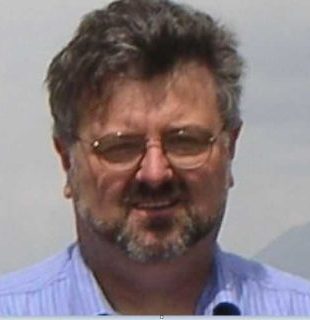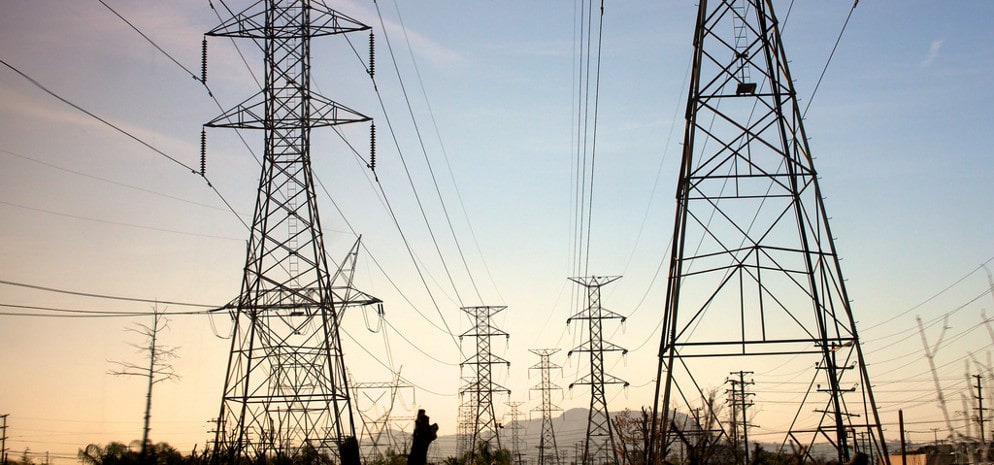By Dick Brooks
 It seems that everywhere we look today, across the energy industry landscape, we find tensions rising. Wholesale Capacity Markets, operated by Independent System Operators (ISO’s – i.e. PJM, NYISO and ISO New England), are grappling with how to accommodate state-based energy targets for renewable resources, distributed energy resources (DER), storage devices, and the list goes on. States are taking a more ambitious stance in promoting what’s important to them by funding green energy resources, outside of wholesale markets, mainly because these markets are not designed to accommodate state-based initiatives. This has caused ISO’s to invent creative approaches to resolve these conflicts, without much success, and the protests in New England, PJM and NYISO territories are becoming a deluge for FERC to handle.
It seems that everywhere we look today, across the energy industry landscape, we find tensions rising. Wholesale Capacity Markets, operated by Independent System Operators (ISO’s – i.e. PJM, NYISO and ISO New England), are grappling with how to accommodate state-based energy targets for renewable resources, distributed energy resources (DER), storage devices, and the list goes on. States are taking a more ambitious stance in promoting what’s important to them by funding green energy resources, outside of wholesale markets, mainly because these markets are not designed to accommodate state-based initiatives. This has caused ISO’s to invent creative approaches to resolve these conflicts, without much success, and the protests in New England, PJM and NYISO territories are becoming a deluge for FERC to handle.
FERC is coming under increasing pressure to address these friction points, as indicated by this letter from 18 Senators to FERC Chairman Chatterjee. This may be “Baptism by Fire” for the new chairman, but fortunately there is a successful FERC regulation that was subjected to the same type of market frictions in the past with transmission capacity, which could hold the keys to a peaceful resolution, it’s called OASIS.
OASIS was developed under the North American Energy Standards Board (NAESB) standards development process almost 12 years ago. The NAESB, ANSI standards development process employs a consensus-based approach, similar in concept to the Internet Engineering Task Force (IETF), to create standards for the energy industry by the stakeholders within the energy industry, along with other interested parties, i.e. software vendors who wish to supply software that complies with these standards, and others.
The list of energy industry stakeholders is expanding, at a rapid pace. A large, and growing, number of solar, wind and storage advocates are taking on greater roles in meeting the nation’s energy needs. State and federal regulators are trying to find an amicable way to allow the old and new energy players to work and play together, along with other interested parties, such as green energy buyers.
What’s not needed is another order from FERC blessing one particular market design in New England, and another for PJM and NYISO. What is needed is a more comprehensive, nationwide, solution, developed by energy industry stakeholders (both old and new), State and Federal regulators and other interested parties, i.e. consumer advocates, software vendors, green buyers like Google, and Budweiser, etc. Let those who have to live with the regulations take an ownership role in creating those regulations, under the light of a transparent process, such as that provided by NAESB.
FERC can look to the way OASIS was developed in NAESB, and to the quiet success of OASIS in managing transmission capacity for over the past 10 years, as a model for what could be the path forward to creating a sustainable and peaceful energy capacity solution for everyone with an interest in our energy future.
Dick Brooks is a senior consultant at Reliable Energy Analytics
The views and opinions expressed in this article are the author’s own, and do not necessarily reflect those held by pv magazine.
This content is protected by copyright and may not be reused. If you want to cooperate with us and would like to reuse some of our content, please contact: editors@pv-magazine.com.








By submitting this form you agree to pv magazine using your data for the purposes of publishing your comment.
Your personal data will only be disclosed or otherwise transmitted to third parties for the purposes of spam filtering or if this is necessary for technical maintenance of the website. Any other transfer to third parties will not take place unless this is justified on the basis of applicable data protection regulations or if pv magazine is legally obliged to do so.
You may revoke this consent at any time with effect for the future, in which case your personal data will be deleted immediately. Otherwise, your data will be deleted if pv magazine has processed your request or the purpose of data storage is fulfilled.
Further information on data privacy can be found in our Data Protection Policy.